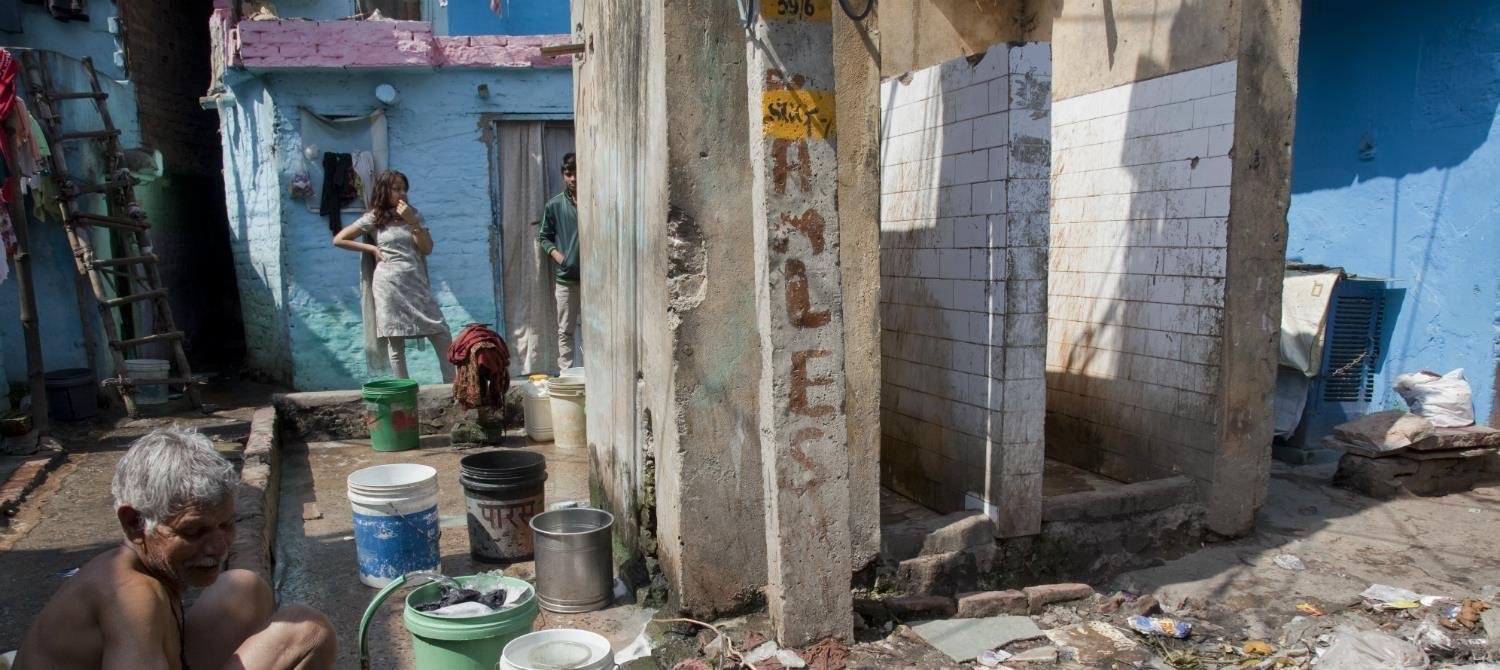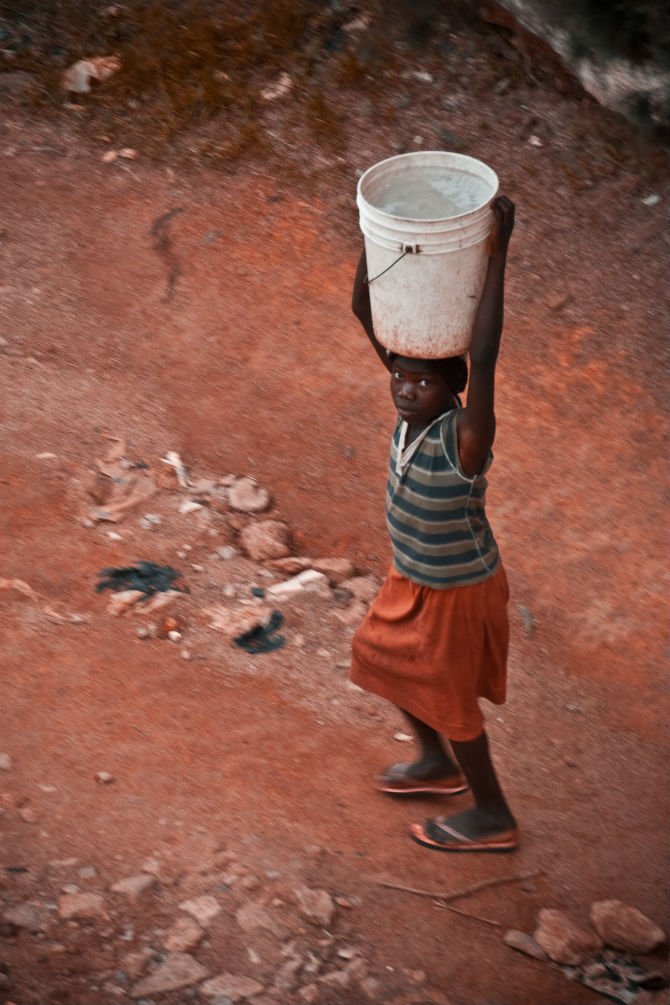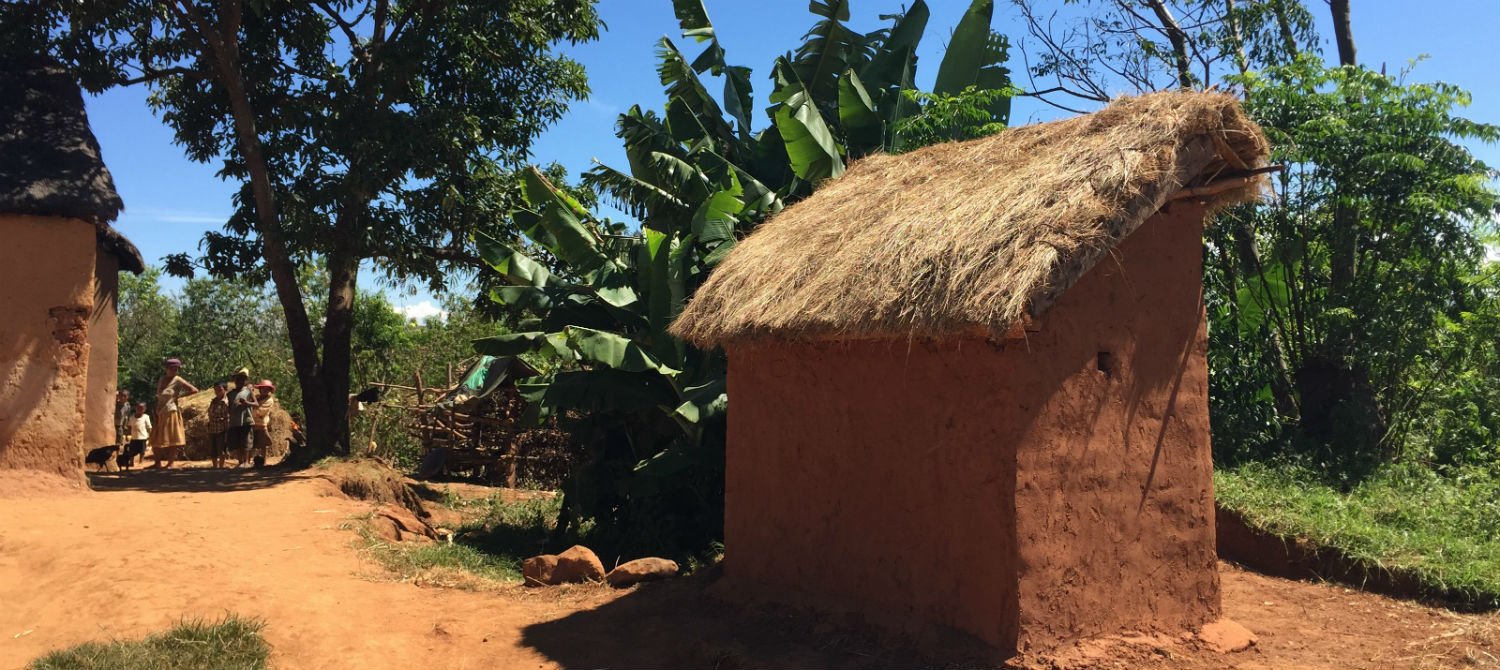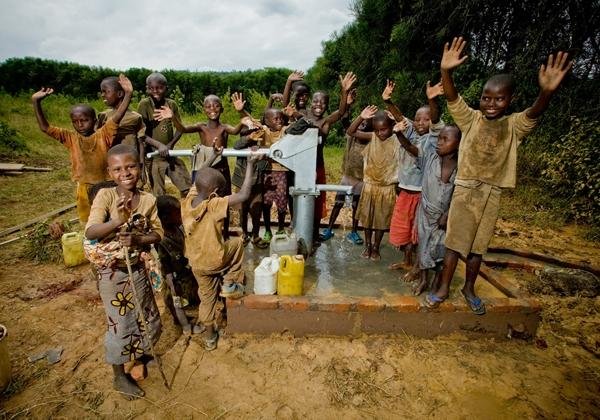Water, Sanitation and Hygiene, or WASH, are issues that affect the health and wellbeing of every person in the world. Everyone needs clean water to drink. Everyone needs a safe place to pee and poop. And everyone needs to be able to clean themselves. For many people, WASH concerns are taken for granted and their combined impact on life isn’t always appreciated.
But for hundreds of millions of others, water, sanitation and hygiene are constant sources of stress and illness. The quality of water, sanitation and hygiene in a person’s life is directly correlated to poverty, as it is usually joined by lack of education, lack of opportunity and gender inequality.
What’s the scope of the problem?
780 million people do not have regular access to clean water.
2.4 billion people, or 35% of the global population, do not have access to adequate sanitation.
 A local resident washes in an Indian slum colony in New Delhi
A local resident washes in an Indian slum colony in New Delhi
Inadequate sanitation generally means open defecation. When people defecate in the open without a proper waste management system, then the feces generally seeps into and contaminates water systems. Just standing in an open defecation zone can lead to disease, if, for instance, the person is barefoot and parasites are there.
The problem is concentrated in Sub-Saharan Africa, Southern Asia and Eastern Asia. The country with the most people lacking adequate WASH is India.
Girls are the hardest hit by lack of clean water and sanitation for a few reasons. When schools lack functional toilets or latrines, girls often drop out because of the stigma associated with periods. Also, when families don’t have enough water, girls are generally forced to travel hours to gather some, leaving little time for school. This lack of education then contributes to higher poverty rates for women.
What are the health risks?
There are a lot of health risks associated with inadequate WASH. Just imagine what it would be like if you were drinking contaminated water and everyone in your community defecated in the open.
801,000 kids under the age of 5 die each year because of diarrhea. 88% of these cases are traced to contaminated water and lack of sanitation.
More than a billion people are infected by parasites from contaminated water or open defecation. One of these parasites is called the Guinea Worm Disease, which consists of worms up to 1 meter in size that emerge from the body through blisters.

The bacterial infection Trachoma generally comes from contaminated water and is a leading cause of blindness in the world.
Other common WASH-related diseases include Cholera, Typhoid and Dysentery.
And, again, step back to consider what life without clean water and adequate sanitation would be like. A lot of your time would be spent trying to get clean water and avoid sanitation problems in the first place. And the hours not revolving around these concerns would probably be reduced quality of life because of the many minor health problems associated with poor water quality. Ultimately, inadequate WASH leads to reduced quality of life all the time.
What’s being done?
For every $1 USD invested in WASH programs, economies gain $5 to $46 USD. In the US, for instance, water infrastructure investments had a 23 to 1 return rate in the 20th century. When people aren’t always getting sick, they’re more productive and everyone benefits.
While the numbers are daunting, a lot is being done. And the economic benefits of WASH investments make the likelihood of future investments and future progress much higher.
Some investments are small-scale, others are large-scale. On the smaller side of the spectrum, investments can go toward water purification methods, community wells or sources of water and the construction of community latrines.

For instance, in a slum in Nairobi, Kenya, the government recently installed ATM-style water dispensers that provide clean water to the whole community.
Larger scale investments include piped household water connections and household toilets with adequate sewage systems or septic tanks.
An often overlooked aspect of WASH involves behavioral hygiene, and, more specifically, hand washing. Simply washing your hands with soap can reduce the risk of various diseases, including the number 1 killer of the world’s poorest children: pneumonia.
What progress has been made?
In 1990, 76% of the global population had access to safe drinking water and 54% had access to adequate sanitation facilities.
In 2015, even though the population had climbed by more than 2 billion people, 91% of people had access to safe drinking water and 68% had access to improved sanitation.

That means in 25 years, 2.6 billion people gained access to safe drinking water and 2.1 billion gained access to improved sanitation.
India is currently in the process of an unprecedented WASH investment program. At the 2014 Global Citizen Festival, Prime Minister Narendra Modi committed to end open defecation in the country and has since mobilized substantial resources with the help of The World Bank.
What role does Global Citizen play in all this?
Global Citizen puts pressure on world leaders to focus on and direct money to poverty solutions around the world. When it comes to WASH, global citizens have helped raise awareness of the various associated problems and motivate politicians to invest in specific programs.
Head over to our Impact page to read more about specific achievements.